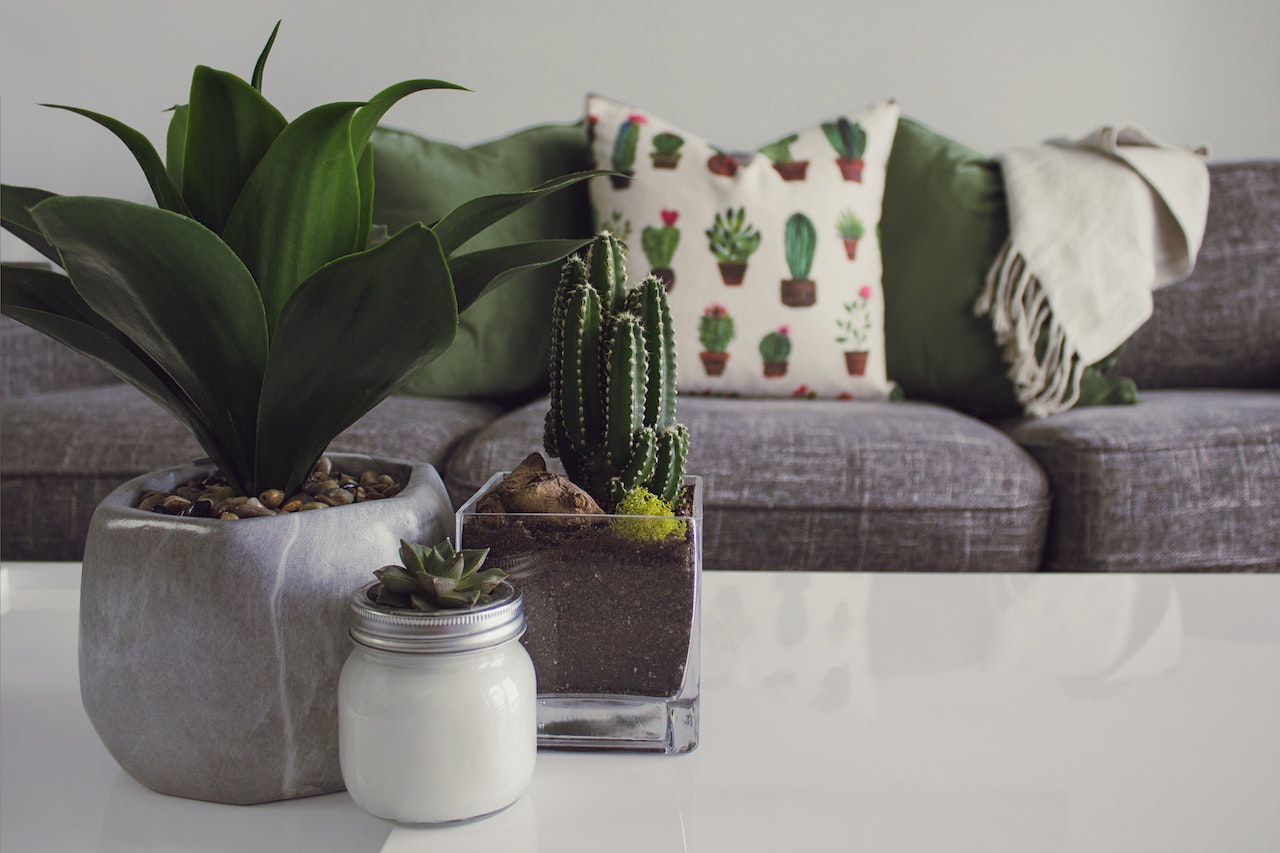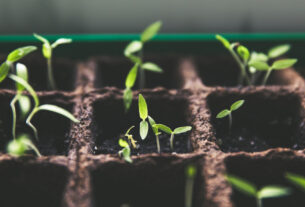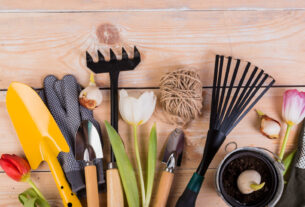If you are looking for ways to brighten up your home or office, indoor plants are a great option. They can add color, texture, and life to any space, and they also have many benefits for your health and well-being. Indoor plants can purify the air, reduce stress, boost mood, and enhance productivity. However, not all plants are suitable for indoor environments, and some may require more care than others. This blog post will provide you with a guide to indoor plants.
Choosing the suitable indoor plants for your space
Before you buy any indoor plants, you need to consider some factors that will affect their growth and survival. These include:
- Light: Different plants have different light requirements, ranging from low to high. You need to match the light level of your space with the light preference of your plant. For example, if you have a bright window, you can choose plants that thrive in direct sunlight, such as succulents, cacti, or herbs. If you have a shady corner, you can opt for plants that tolerate low light, such as ferns, snake plants, or peace lilies.
- Temperature: Most indoor plants prefer a moderate temperature range of 18 to 24 degrees Celsius. However, some plants may be more sensitive to temperature fluctuations or drafts. You need to avoid placing your plants near sources of heat or cold, such as radiators, air conditioners, or windows. You also need to monitor the temperature of your space and adjust it accordingly if needed.
- Humidity: Indoor plants also have different humidity preferences, depending on their origin and adaptation. Some plants prefer high humidity levels, such as tropical or subtropical plants. These include orchids, bromeliads, or palms. Other plants prefer low humidity levels, such as desert or Mediterranean plants. These include succulents, cacti, or lavender. You need to provide the appropriate humidity level for your plant by using a humidifier, misting the leaves, or grouping the plants together.
- Space: Indoor plants come in various shapes and sizes, and you need to choose the ones that fit your space and style. You can use small plants for tabletops or shelves, such as air plants, bonsai trees, or mini cacti. You can use medium-sized plants for floor spaces or corners, such as rubber plants, fiddle leaf figs, or dracaenas. You can use large or trailing plants for hanging baskets or walls, such as pothos, philodendrons, or spider plants.
Tips to care for your indoor plants
Indoor plants can add beauty, freshness, and comfort to your home or office. However, they also require proper care and maintenance to thrive and stay healthy. Check out some tips on how to care for your indoor plants:
Choose the right plants for your space
Different plants have different light, water, and temperature needs. Some plants prefer bright, indirect light, while others can tolerate low-light conditions. Some plants need frequent watering, while others can survive with less. Some plants are sensitive to cold or heat, while others are more adaptable. Before buying a plant, research its specific requirements and make sure you can provide them in your space.
Water your plants correctly
Overwatering and underwatering are the most common causes of indoor plant problems. Overwatering can lead to root rot, fungal infections, and pest infestations. Underwatering can cause wilting, yellowing, and dropping of leaves. To water your plants correctly, check the soil moisture regularly with your finger or a moisture meter. When the upper inch of soil is dry to the touch, water it. Use water at room temperature and avoid soaking the leaves and stems. Drain any excess water from the saucer or container after watering.
Provide adequate light and temperature
Most indoor plants need at least six hours of indirect sunlight per day. Avoid placing your plants near windows that receive direct sunlight, as this can scorch their leaves. You can also supplement natural light with artificial lighting, such as fluorescent or LED fixtures. Keep your plants away from sources of heat or cold, such as radiators, air conditioners, or drafts. The ideal temperature range for most indoor plants is between 18°C and 24°C.
Related Article: How to Create a Low-Maintenance Garden?
Fertilize your plants regularly
Indoor plants need nutrients to grow and bloom. Once per month during the growing season (spring and summer) and once every two months during the dormant season (fall and winter), fertilize your vegetation. Utilize a balanced fertilizer containing nitrogen, phosphorus, and potassium, and adhere to the label’s instructions. Do not overfertilize your plants, as this can burn their roots and damage their leaves.
Prune and repot your plants as needed
Pruning your plants can help them maintain their shape, remove dead or diseased parts, and encourage new growth. Use sharp scissors or pruning shears to remove any leaves or stems that are brown, yellow, or damaged. You can also trim any overgrown or leggy branches to make your plants look more compact and bushy. Repot your plants when they outgrow their current pots or when the soil becomes compacted or depleted. Choose a pot that is one size larger than the previous one and has drainage holes at the bottom. Fill the pot with a fresh potting mix that is suitable for your plant type and gently transfer the plant into it. Water thoroughly after repotting.



